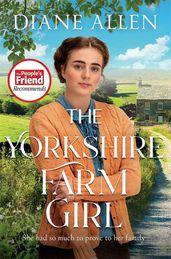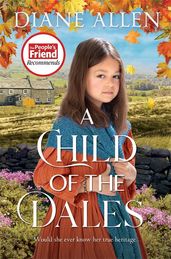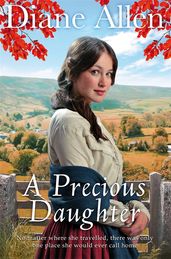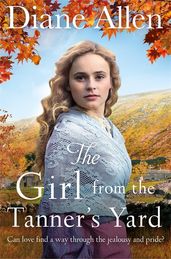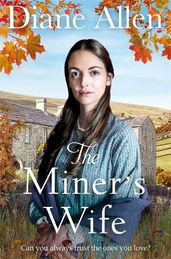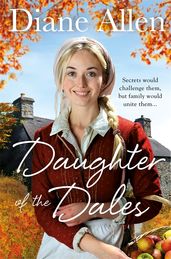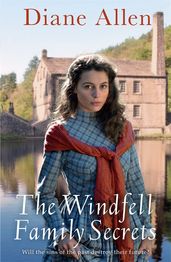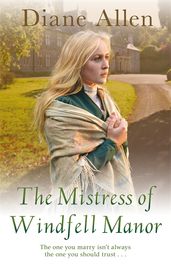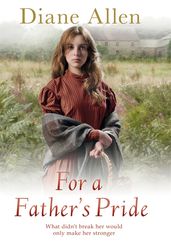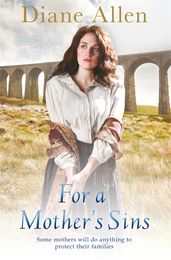Diane Allen
Diane Allen was born in Leeds, but raised at her family's farm deep in the Yorkshire Dales. After working as a glass engraver, raising a family and looking after an ill father, she found her true niche in life, joining a large-print publishing firm in 1990. She now concentrates on her writing full time, and is Honorary Vice President of the Romantic Novelists' Association. Diane's novels include A Precious Daughter, The Girl from the Tanner's Yard and The Miner's Wife.
Diane and her husband Ronnie live in the Dales market town of Settle, and have two children and four beautiful grandchildren.
Books by Diane Allen
Series by Diane Allen



